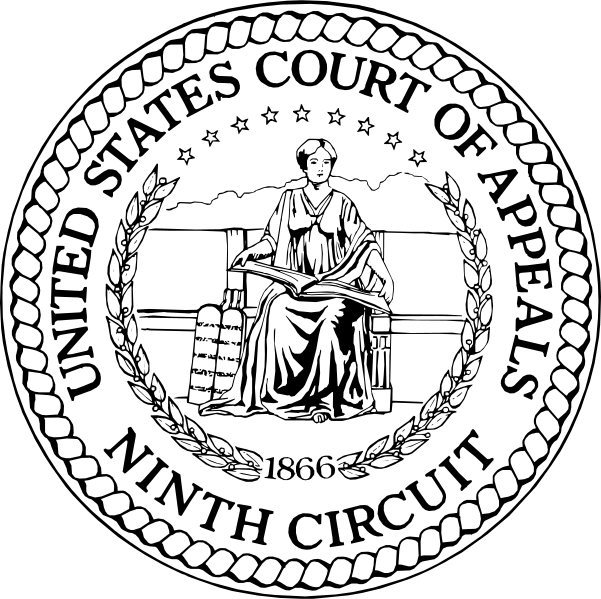 In early December, the Ninth Circuit Court of Appeals announced that it would provide live-streams and archived video of oral arguments on its web site, starting later in the month. This makes it the only federal appeals court to offer online video coverage of its proceedings. [UPDATE: The court is now offering streaming audio as well.]
In early December, the Ninth Circuit Court of Appeals announced that it would provide live-streams and archived video of oral arguments on its web site, starting later in the month. This makes it the only federal appeals court to offer online video coverage of its proceedings. [UPDATE: The court is now offering streaming audio as well.]
Several state appeals courts (such as the Massachusetts Supreme Judicial Court, the California Supreme Court, the Florida Supreme Court, the Michigan Supreme Court, and the New York Court of Appeals) already offer online video of their proceedings. (The Radio Television Digitial News Association has a compilation of court camera rules in all 50 states.) The U.S. Supreme Court does not allow cameras, but does release audio recordings of its arguments.
The Ninth and Second circuits are the only federal appeals courts that allow still and video cameras in the courtrooms of the federal district courts under their control. In 2011, the First Circuit rejected an attempt to live-stream a copyright infringement trial from the federal Massachusetts district court on the grounds that the circuit had decided not to allow cameras. Sony BMG Music v. Tenenbaum, 660 F.3d 487 (2011), cert. denied, 132 S. Ct. 2431, 182 L. Ed. 2d 1075 (U.S. 2012). The Ninth Circuit's initial adoption of rules to allow webcasting of the trial in a case challenging California's anti-gay Proposition 8 was rejected by the U.S. Supreme Court on the grounds that the rule had been adopted improperly. Hollingsworth v. Perry, 130 S. Ct. 705 (2010).
The federal courts as a whole are now engaged in a three-year experiment that began in 2011, allowing cameras in 14 federal trial courts and posting of the video online. To date, 12 of the courts have recorded and posted proceedings in a total of 106 cases. Two of the courts in the experiment -- the Middle District of Alabama and the Southern District of Ohio -- have not posted videos of any proceedings. Under the terms of the experiment, video is permitted for civil cases only, and the judge and both parties to the suit must agree to the recording.
The experimental program is the newest chapter in the long saga of the issue of camera coverage of federal trial courts, and is the second such test in the federal courts (the first occurring in the early 1990s). The earlier test, limited to civil trials in eight federal district courts, led to a recommendation that federal courts allow televised proceedings. But the Judicial Confererence -- which sets policies for all federal courts except the U.S. Supreme Court, which sets its own rules -- rejected this recommendation, concluding in 1994 that “the intimidating effect of cameras on some witnesses and jurors was a cause for serious concern.” The Judicial Conference relented a bit two years later, deciding in March 1996 to allow each federal Circuit to decide the issue for itself and the district courts in its geographic area, while strongly urging the Circuits to follow the Conference’s 1994 policy.
When the test ends next year, the federal courts will again have to decide on the issue. They can either join the Second and Ninth circuits, and the courts of most states, in allowing cameras in courtroom proceedings. Or the federal courts can remain a black hole, where cameras fear to tread.
Eric P. Robinson is co-director of the Program in Press, Law and Democracy at the Manship School of Mass Communication at Louisiana State University. He has taught media law and ethics at the CUNY Graduate School of Journalism, Baruch College, and the University of Nevada, Reno, where he was also Deputy Director of the Donald W. Reynolds Center for Courts and Media. He has also been a staff attorney at the Media Law Resource Center and a legal fellow at the Reporters Committee for Freedom of the Press. In addition to his posts here, he maintains his own blog at bloglawonline.com.




